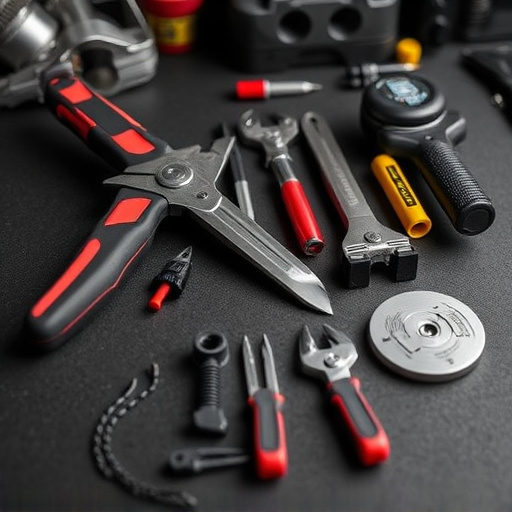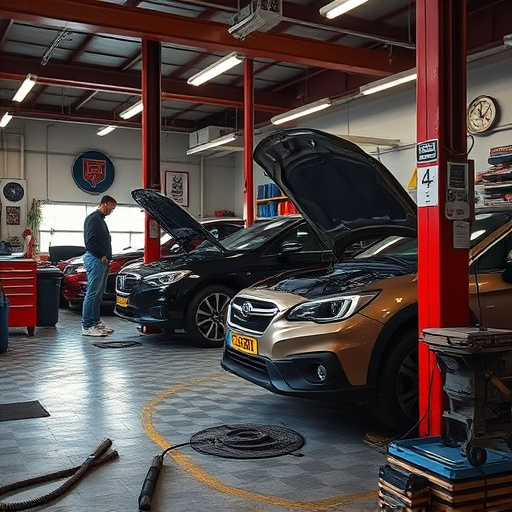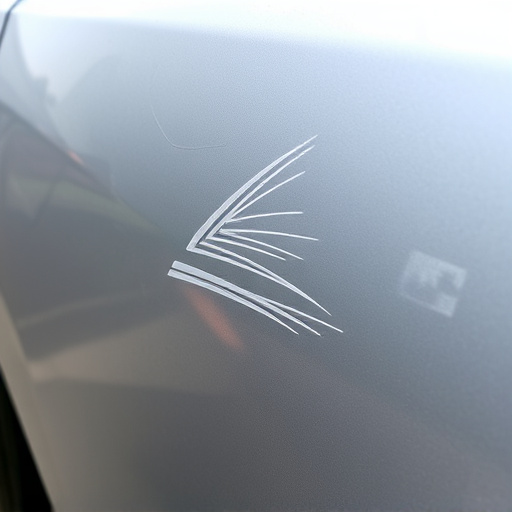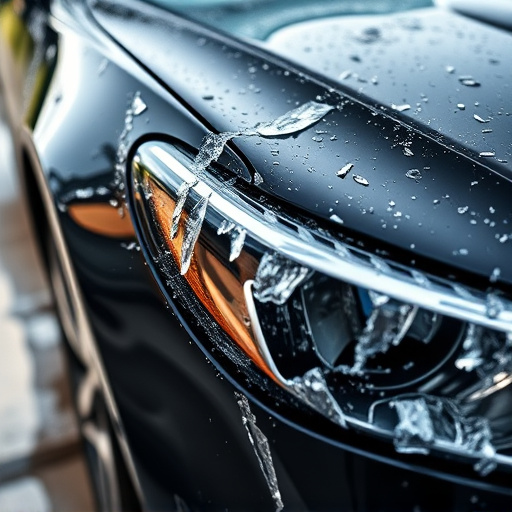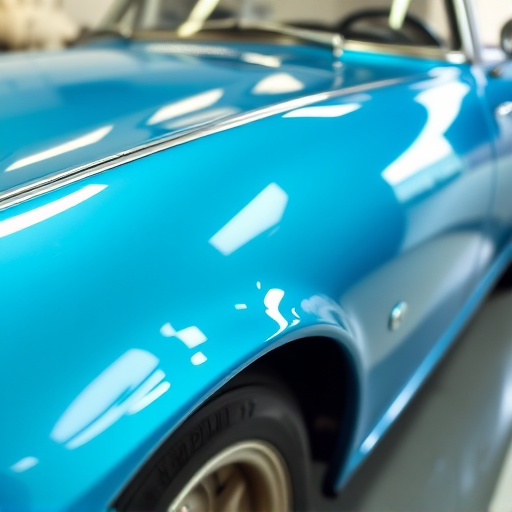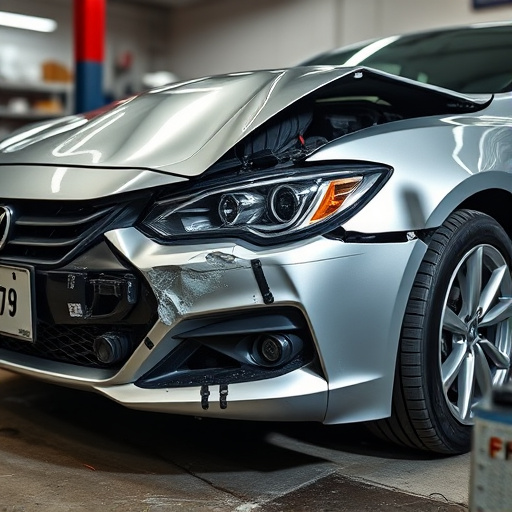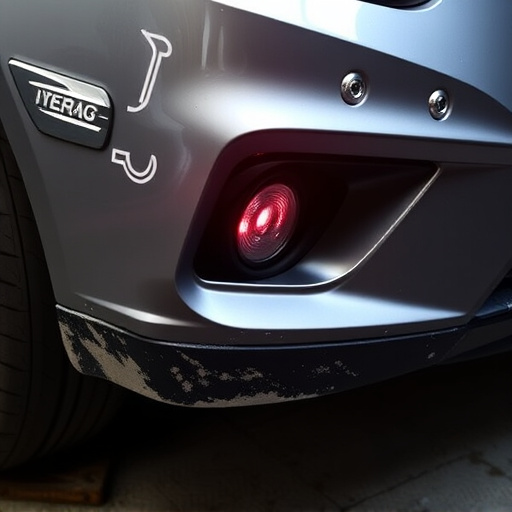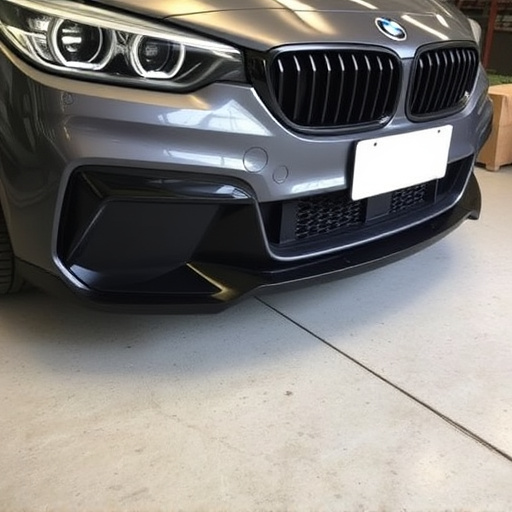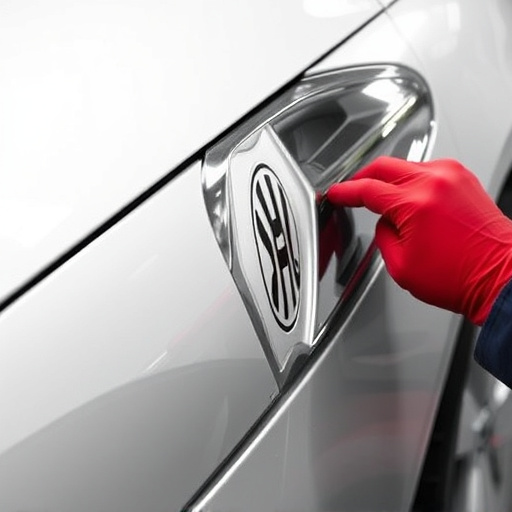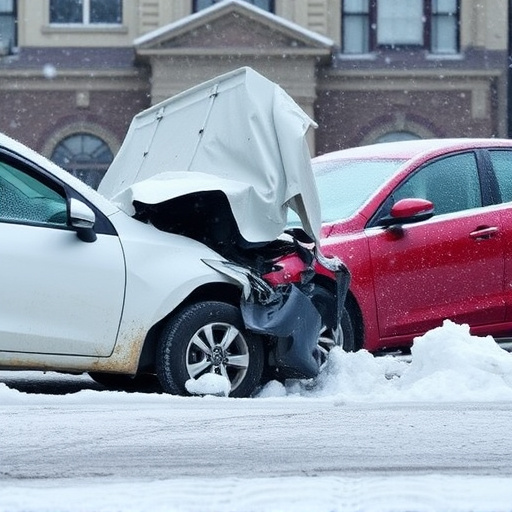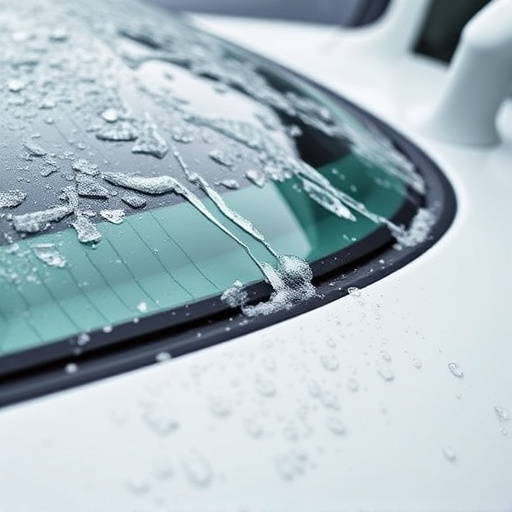Heat damage auto body repair specialists address structural issues caused by extreme temperatures. Using advanced tools and techniques like welding, shaping, and precise painting, they restore vehicle safety and aesthetics. Quality Control (QC) is crucial, ensuring precision, customer satisfaction, and adherence to industry standards through rigorous inspections and continuous improvement.
In the realm of auto body repairs, heat damage presents unique challenges. This is especially true for bustling workshops tackling complex restoration tasks. To ensure meticulous craftsmanship and customer satisfaction in heat damage auto body repair, quality control (QC) becomes an indispensable tool.
This article explores understanding heat damage nuances, implementing robust QC measures, and the pivotal role it plays in achieving precision and exceeding client expectations. By delving into these strategies, shops can elevate their standards and stand out as industry leaders.
- Understanding Heat Damage in Auto Body Repairs
- Implementing Effective Quality Control Measures
- Ensuring Precision and Customer Satisfaction Through QC
Understanding Heat Damage in Auto Body Repairs
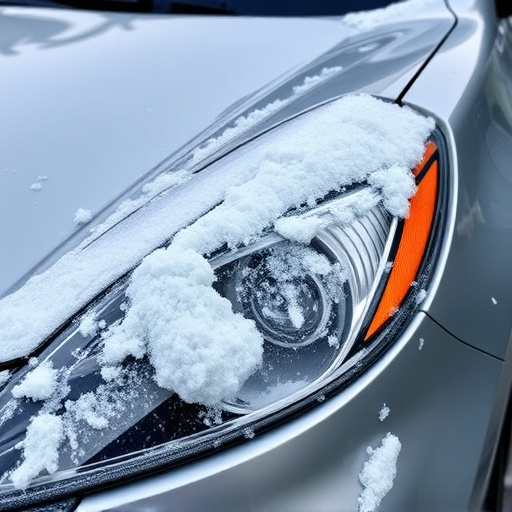
Heat damage is a significant concern in auto body repairs, often occurring during vehicle collisions or accidents. When metal components of a vehicle are subjected to extreme temperatures, such as those generated by fires or severe impacts, they can experience deformation, warping, and even complete structural failure. This type of damage requires specialized knowledge and techniques for repair, as traditional methods may not be effective in restoring the vehicle’s integrity.
In heat damage auto body repair, the primary goal is to accurately assess the extent of the harm, replace or reshape damaged parts, and ensure the vehicle’s safety and structural soundness. Automotive body shops equipped with experienced technicians and advanced tools are better positioned to handle these complex repairs. By employing precise techniques like metal welding, shaping, and painting, they can meticulously restore the vehicle body repair, creating a seamless blend between the repaired areas and the original vehicle parts.
Implementing Effective Quality Control Measures

In the realm of heat damage auto body repair, effective quality control measures are non-negotiable. These shops often deal with complex repairs where vehicles sustain significant damage from fire or extreme temperatures. Implementing robust quality control processes ensures that each repair is not just visually appealing but also structurally sound. It involves rigorous inspection protocols to verify that every panel, from the hood to the trunk, aligns perfectly and retains the vehicle’s original integrity.
This meticulous approach encompasses various techniques such as paintless dent repair for minor scuffs and car dent removal for more extensive damage, ensuring a seamless finish. Quality control experts examine the work of technicians, checking for consistency in their methods and adherence to industry standards. By doing so, they guarantee that heat-damaged vehicles not only look like new but also function reliably on the road, instilling confidence in both repair shops and their customers.
Ensuring Precision and Customer Satisfaction Through QC
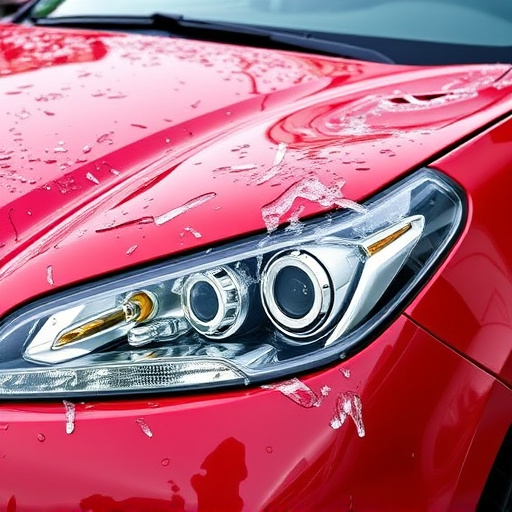
In the intricate process of heat damage auto body repair, Quality Control (QC) serves as a beacon guiding shops towards precision and customer satisfaction. By implementing rigorous QC protocols, repair shops can ensure that every dent repair, car paint repair, and vehicle bodywork is meticulously executed, adhering to the highest industry standards. This meticulous attention to detail not only safeguards against visible imperfections but also ensures structural integrity, giving customers peace of mind as they return their vehicles to the road.
The role of QC extends beyond mere inspection; it fosters a culture of continuous improvement within repair shops. By regularly evaluating and refining their processes, shops can optimize efficiency, reduce errors, and enhance overall service quality. This commitment to excellence is pivotal in maintaining customer trust and fostering a positive reputation for heat damage auto body repair services, solidifying the shop’s position as a reliable and trustworthy resource for vehicle bodywork needs.
In conclusion, implementing robust quality control (QC) measures is paramount for achieving excellence in heat damage auto body repair shops. By understanding the intricacies of heat damage and adopting precise QC techniques, technicians can ensure restoration to pre-incident condition, fostering customer satisfaction. These practices not only safeguard the shop’s reputation but also contribute to the overall reliability and safety of vehicle repairs in the context of heat damage auto body repair services.
